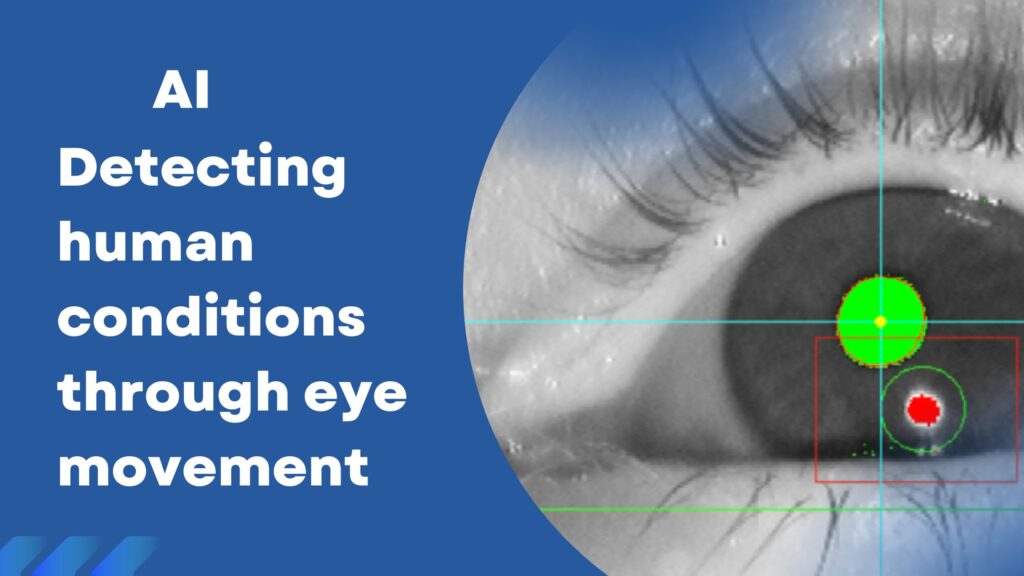Brief Summary
This project focuses on detecting and analyzing human conditions by leveraging advanced video analytics and Fourier time series transformations to scrutinize eye movements. The goal is to achieve subpixel accuracy in eye movement tracking to accurately identify various physiological and psychological states. By implementing robust algorithms for eye tracking and utilizing advanced mathematical techniques, the project aims to provide a high level of precision in detecting subtle nuances in eye movement that correlate with specific human conditions.
The Challenge
Understanding human conditions through non-invasive methods presents a significant challenge. Eye movements, although subtle, can reveal a wealth of information about a person’s physiological and psychological state. The primary challenges in this project include:
1. Precision Tracking: Achieving subpixel accuracy to capture minute eye movements accurately.
2. Data Analysis: Converting eye movement data into an analyzable format that can identify patterns correlating with human conditions.
3. Pattern Recognition: Developing robust machine learning models to classify these patterns into specific human conditions.
Traditional eye-tracking systems lack the precision needed to detect these subtle movements and often fall short in accurately analyzing the data to make meaningful correlations.
The Solution
To address these challenges, the project implemented the following solutions:
1. Robust Eye Movement Tracking System
- Algorithm Development:
Algorithms were developed for precise eye movement tracking, incorporating techniques like Haar cascades and convolutional neural networks (CNNs).
- Subpixel Accuracy: Subpixel interpolation methods were used to enhance detection accuracy beyond pixel resolution.
2. Fourier Analysis for Data Conversion
- Discrete Fourier Transforms (DFT): Fourier time series transformations were applied to eye movement data to convert it into a form suitable for detailed analysis, allowing the identification of periodic components and anomalies.
3. Machine Learning for Pattern Recognition
– Advanced Algorithms: Machine learning algorithms were employed to recognize and classify patterns in the eye movement data, linking them to various human conditions. This included the use of deep learning models for real-time processing.
The Outcome
The implementation of these solutions led to significant advancements in detecting human conditions through eye movement:
- High Accuracy: The project achieved a high level of precision in tracking eye movements, with subpixel accuracy ensuring even the slightest movements were captured and analyzed.
- Effective Pattern Analysis: Fourier analysis enabled effective conversion of eye movement data, revealing patterns and anomalies that correlate with specific human conditions.
- Reliable Classification: The machine learning models developed were able to reliably classify eye movement patterns into different physiological and psychological states, providing valuable insights into human conditions.
Overall, the project demonstrated that advanced video analytics combined with sophisticated mathematical techniques could significantly enhance the detection and analysis of human conditions through eye movements. This approach has the potential to revolutionize non-invasive diagnostic methods and improve our understanding of the subtle indicators of various human states.
